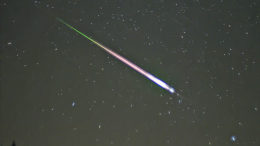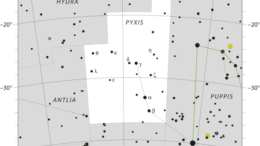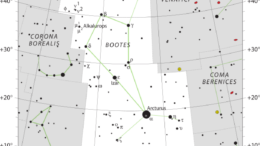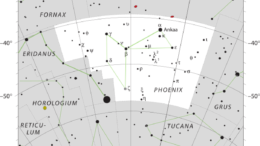Lynx
Lynx is a constellation that is named after the animal, which can usually observed in the Northern Celestial Hemisphere. The constellation was introduced in the late 17th century by Johannes Hevelius. It is a faint constellation, with its brightest stars forming…









